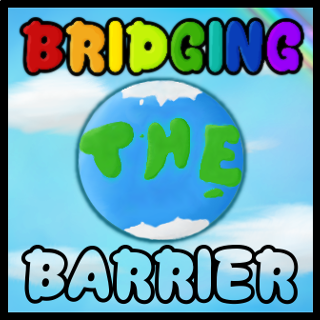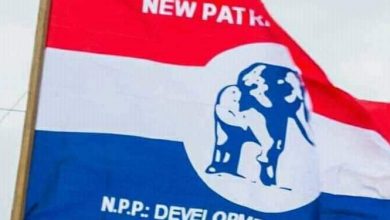Uncategorized
BRIDGING THE BARRIERS

I was finally feeling comfortable in a ‘trotro’ (commercial bus) after walking in the scorching sun when a young man tapped me from behind. He handed me his fare to pass it to the ‘mate’ since he was far from him.
Not long after that, he starts to shake and tap the seat. He drew our attention as he signaled with his arms as if to say he wanted to alight.
This compelled the driver to stop few metres away from the bus stop and the hearing impaired man alighted. He stretched his hand towards the ‘mate’ who then dropped some coins in his palm. He then started to make some loud noises when the bus began moving, trying hard to explain something but it made no sense to us.
With this, I ask myself why the communication between people with hearing and speaking impairment or even both and those who aren’t is so difficult?
Hearing and speaking impairment, simply put deaf and dump are disabilities that can impose heavy social and economic burden on individuals, families, communities and the country as a whole. To some extent, communities believe that such persons are cursed or punished by the gods. It goes further to be used as an insult to individuals for their mistakes.
Children with hearing impairment often experience delayed development in speech, language and cognitive skills. They are often uncomfortable being around people who can hear. Just as in adults, people with such disability find it difficult to obtain, keep or even perform efficiently in terms of employment. 80 per cent of them live in low and middle income communities. Many are either dependent on their extended families for support or seen begging on the streets for their daily bread.
Now, here comes my strong belief that the communication between the one who hears or talks and the one who doesn’t should be given the much needed attention.
As challenging as it may seem, people with hearing or speaking impairment tend to learn the sign language at some stage to be able to communicate. However, individuals without such disabilities do not go through such studies to be able to understand them.
Deaf education was first introduced in Ghana by Andrew Foster in 1957. During that time there was no deaf education or organisation in the country. Ghanaian sign language is the national sign language of deaf people in Ghana. There are nine schools for the deaf.
With about nine schools for the deaf in the country, most hearing and speaking impaired individuals have nothad this education. It is quite disturbing how the educated ones tend to write on the palm or even on pieces of papers to be able to express themselves completely.
Over 200 sign languages are in use around the world mostly depending on culture and value of the group of people. So I propose the learning of the sign language by all with or without such disability. This is because we can learn to hear them but they cannot learn to hear.
Story by: Grace Darko


